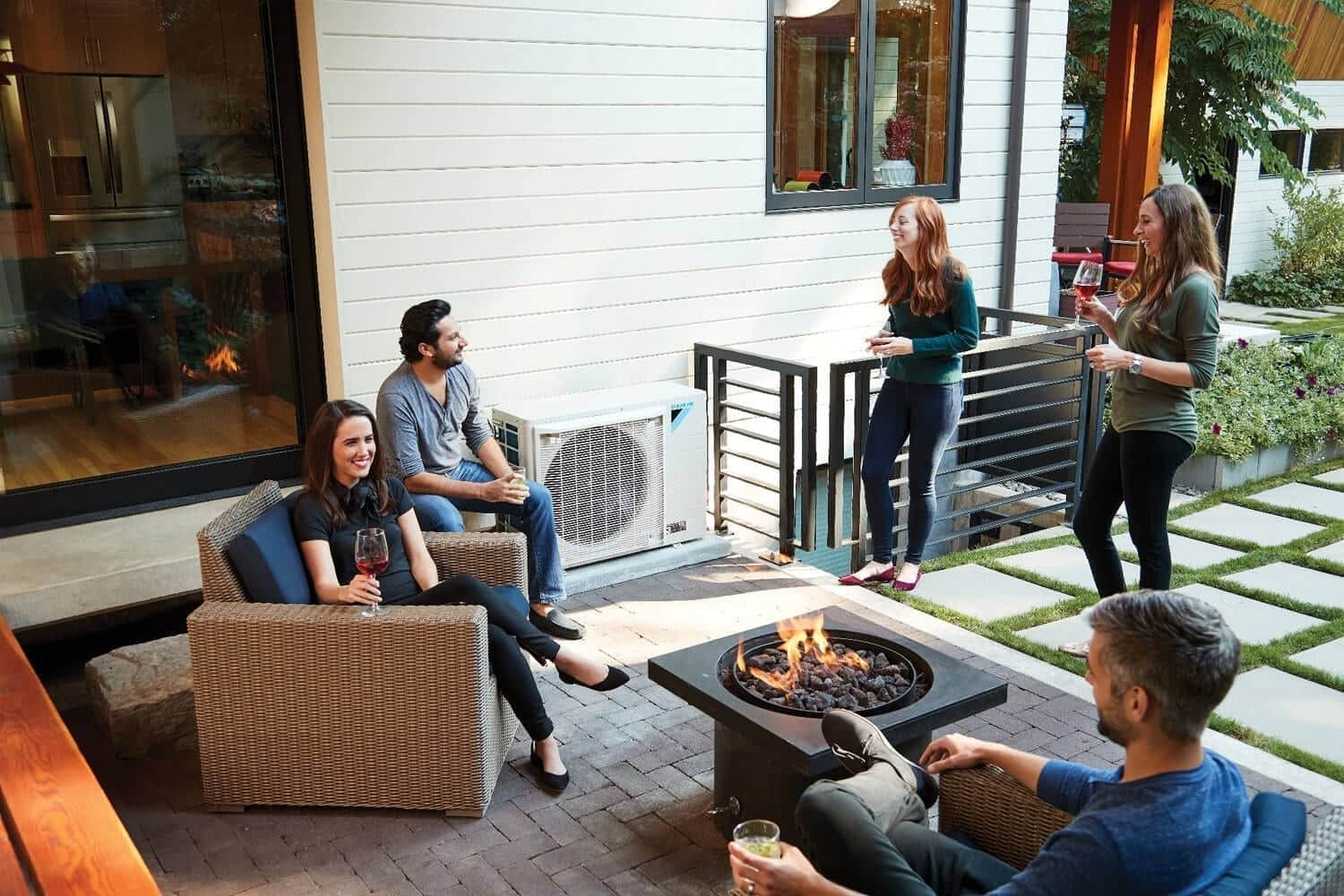A water pressure regulator not only helps to reduce the water pressure coming from the main water line, but also helps it to flow at a safe level as well. To make sure that your water pressure regulator is functioning properly, it is best to have your water pressure regulator installation handled by a certified Bill Howe plumber. Below is a comprehensive guide on what a water pressure regulator does and what to expect during the installation process.
What Is a Water Pressure Regulator?
It is a pressure regulating device that ensures the water from the city’s supply safely flows at a controlled rate to your sink faucets, water heater, shower, washing machine, toilet, garden hose, water softener, or any other plumbing appliances. A properly installed water pressure regulator controls the PSI, or Pounds per Square Inch, of water able to flow through your appliances at a given moment. If the pressure is too high, it can result in water leaks, dripping faucets, eroded washers, and banging pipes. Excessive water pressure is the leading cause of most household plumbing problems. Additionally, increased water pressure can increase your water, energy, and sewer bills by wasting gallons of potable water. Low water pressure can result in water not moving throughout your plumbing fixtures efficiently and make for a frustrating experience whenever you turn on the sink or shower faucet. If you feel that your water pressure regulator is not functioning properly, it is best to call Bill Howe Plumbing to check the effectiveness for you in order to avoid a possible leak, costly repairs, and increased utility bills in the future.
How Is a Water Pressure Regulator Installed?
After evaluating whether a regulator needs to be installed or if your existing one needs to be replaced, a certified Bill Howe plumber can properly install a regulator to your existing plumbing system.
First, the certified Bill Howe plumber will test the incoming water pressure. The optimum water pressure for a home’s water fixtures is 50-60 PSI. In San Diego, city water delivered to your home can be in excess of 150 PSI in some areas. Plumbing Code specifies that water pressure in excess of 80 PSI must be reduced with a pressure regulator to below 80 PSI. Most homes in San Diego have a pressure regulator, however, these valves can fail or become weak over time and will allow excessive pressure on your property, risking unwanted damage. The replacement of an existing valve is fairly straightforward and can be done fairly quickly. If there is not an existing regulator, a Bill Howe plumber will survey the property and determine the best location for the regulator. Ideally, the regulator is installed in an open and visible area, usually adjacent to the existing main water shut off valve for the property.
When installing a pressure regulator, the water supply to the property will be turned off. The Bill Howe plumber will cut the pipe in the appropriate area and install the fittings necessary to install the new pressure regulator. When the installation of the new pressure regulator is complete the Bill Howe plumber will open the water supply and restore water to the property. Then we will test the water pressure. Pressure regulators can be adjusted for more pressure or less pressure, however, they cannot be adjusted for pressure above the incoming pressure from the city water supply.
If you feel like you water pressure is too low or you notice a sudden spike in your water bill, call 1-800-BILL-HOWE to schedule an appointment to have your water pressure addressed.




